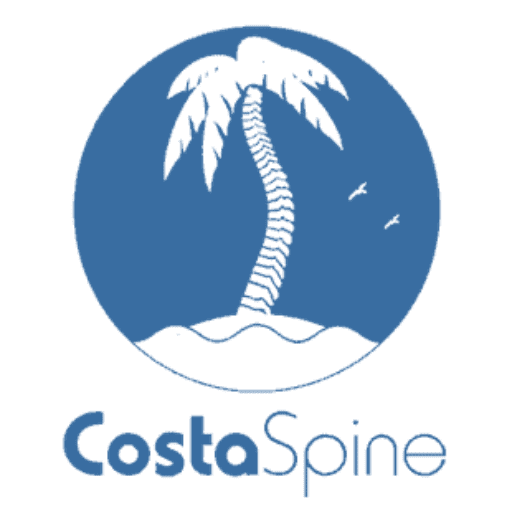During your everyday activities and training, one does experience occasional pain and discomfort. While many stretch and foam roll, sometimes a little more rest and recovery strategies are needed to be effective. Whether it’s an ongoing chronic injury or a sudden acute injury, hot and cold therapy can work for you. Temperature based therapy can be great for pain management in injuries and easily applied at home.
In your body there are two types of nerve transmitters for pain: C fibres and A-delta fibres, which can be stimulated by temperature therapy. By applying either hot or cold to the area, the sensitivity of these nerves is decreased which results in decreased pain.
Warm therapy is great for increasing blood flow to an injured area which increases oxygenation and nutrient density which can repair the damaged area. While this is great a large amount of inflammation can occur, and thus cold therapy is ideal at blocking the inflammation in the area which results in the tightness that one feels.
- Use heat for chronic aches and pains
If you have a chronically painful back, knee, shoulder or any other dull ache then no doubt you’ll know about heat therapy, if not it may be worth applying local heat to the area. This is great for joint and muscles pain of long duration as long as it’s not within the first one to three days of its onset. Applying heat too early may increase the local blood flow too soon and cause increased inflammation and swelling which may lead to prolonged recovery.
Apply heat for 20 to 30 minutes every few hours. This is also great to do before a workout to get your blood flowing.
- Soaking in a hot bath for whole body soreness
This is perfect for getting oxygen rich blood into the damaged muscles of our body. A hot bath will also remove lactic acid that has built up in the muscles cells due to strenuous exercise. This will allow for quicker recovery and get you feeling like new in no time.
Sit in your bath for around 30 minutes following a workout or activity. Research shows that 39 degrees Celsius is the ideal temperature for this. Doing this three times a week has been shown to increase your VO2 max (how efficient you use your oxygen in your body) and lactate threshold (the duration you can maintain high intensity exercise).
- Ice packs for acute injuries
If you sprain your ankle or bruise yourself then applying Ice instantly is your best bet. By applying cold to an area, vasoconstriction occurs (constriction of the blood vessels). This then will reduce the amount of swelling and inflammation as there will be less fluid in the area.
Apply ice for 10 to 15 minutes three times a day. After 72 hours research shows that icing will not have an effect on the injury site anymore. If after 72 hours there is no relief then try heat.
- Ice baths for serious recovery
An ice bath or cold-water immersion is great for when you know that you are pushing your body to the limits and need a quick recovery between sessions. Think of an ice bath as one big anti-inflammatory drug. The cold temperature may block the inflammation process caused by intense training or activity.
10 to 15 minutes at a temperature of 11 to 15 degrees Celsius if you have the mental ability to block out the intense temperature drop. Many people and athletes use ice baths for the mental reset that happens when you’re battling your body at these temperatures.
Recovery is all about listening to your body. So, give these a try and see which one works for you and your injury recovery – hot or cold?
Yours in Healthcare
CostaSpine

